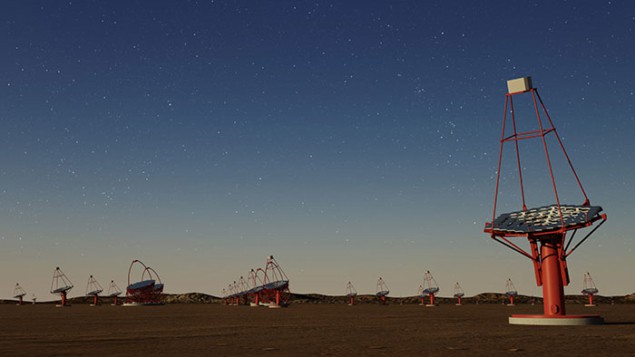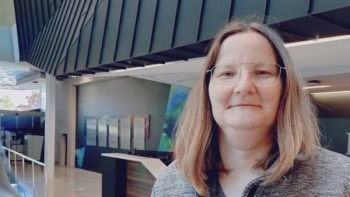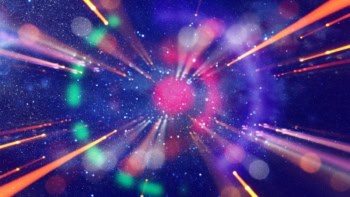
A substantial investment is needed to build the next generation of astroparticle physics research infrastructures according to a roadmap published by the Astroparticle Physics European Consortium (APPEC). The document – a vision for European astroparticle physics for the next decade – makes 21 recommendations covering research as well as organisational and societal issues such as gender balance, education, public outreach and links with industry.
Astroparticle physics, which involves astronomy, particle physics and cosmology, addresses questions relating to both elementary particles and the evolution of celestial objects. It is a rapidly evolving field that has been awarded four Nobel prizes since 2001 including for the recent direct detection of gravitational waves.
APPEC is a consortium of funding agencies, national government institutions and institutes from 16 European countries that was set up in 2001 to coordinate astroparticle physics research efforts. It published its first strategic vision for astroparticle physics in 2008 and its first roadmap in 2011. The new roadmap outlines its vision for the field from 2017–2026 and was launched at a meeting in Brussels on 9 January.
A collaborative effort
The roadmap highlights large-scale research on “cosmic messengers” as a high priority. These particles are emitted from the highest-energy cosmic sources and can provide detailed insights into the universe and how it functions. They include gamma rays, neutrinos, cosmic rays and gravitational waves. The strategy also calls for detailed studies of neutrinos – focusing on their mass and nature – as well as a focus on dark matter and dark energy.
To support these research areas, the roadmap calls for continued experimental efforts, collaboration and funding, particularly for big projects. With regards to large-scale multi-messenger infrastructures, APPEC signals its continued endorsement for a host of future projects including the Cherenkov Telescope Array, the Cubic Kilometre Neutrino Telescope as well as an upgrade to the Pierre Auger Observatory and the development of next-generation of gravitational interferometers such as the Einstein Telescope.
To support astroparticle physics research, APPEC also highlights the importance of theoretical work, detector research and development as well as computing resources. While recognising that many European institutes are expanding their work on astroparticle physics theory, the report calls for the establishment of a European centre for astroparticle physics theory. The roadmap also encourages members to apply for European Union grants to fund detector R&D and states that future instruments will require massive computer resources. In addition, it encourages the use of standard data formats and making data public.
In a statement, Antonio Masiero, chair of APPEC and a physicist at the National Institute for Nuclear Physics in Italy, says that addressing the roadmap’s research priorities will tell us about the origins, evolution and structure of the universe as well as reshape our understanding of physics. “This work needs a collaborative effort and APPEC is at the centre of making sure that the European research community and experiments are at the global forefront of these discoveries,” he adds. “Building on the successful work of the previous APPEC roadmap in 2011, and based on recommendations from across the full breadth of the astroparticle physics research and funding communities, APPEC will collaborate with our colleagues to implement the strategy recommendations.”



